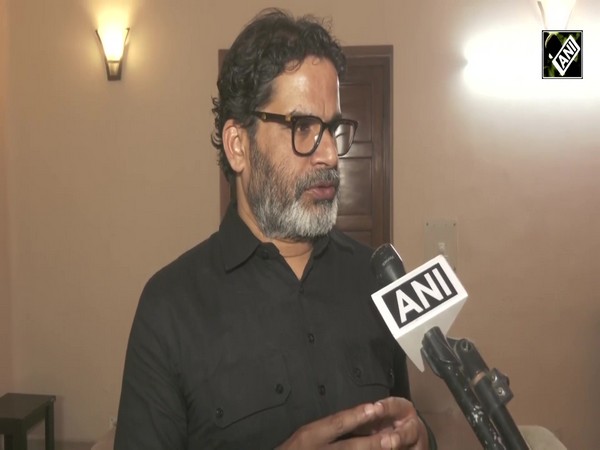Bhutan: Discovering distinctive cultural diversity of Trashiyangtse
Aug 02, 2023

Thimphu [Bhutan], August 2 : Trashiyangtse is a magnificently wrapped location with particular cultural diversity and deeply entrenched norms. The landscape, located on the eastern outskirts of Bhutan, is known for its breathtaking natural sceneries, enthralling animals, and deep cultural and spiritual significance, reported The Bhutan Live.
The place is fascinating to visit because of its active cultural practices and generosity in greeting guests which create an exciting and magnetic atmosphere for tourists to immerse themselves in the unique lifestyle.
Its landscape is known as a cherished and hallowed pilgrimage place, with amazing symbolic monuments exemplifying the harmonious coexistence of the natural and human worlds, as per The Bhutan Live.
The Bhutan Live covers Bhutan news, politics, Bhutan culture, Bhutanese Buddhism and more, for a unique understanding of the Himalayan region.
Among all of Trashiyangtshi's distinguishing features, there are important spiritual and cultural factors that have contributed to its worldwide uniqueness. These include the Chorten Korwa, Gomkorwa, Zorig Chusum, and the presence of Black-necked crane.
The majestic Chorten Kora is near to the flowing rivers of Kulong Chhu, shedding whitish illumination on the surrounding depression and invoking a sacredness that transcends bounds. Chorten Kora may be traced back to 1740, when it was methodically developed by the respected spiritual master Lama Ngawang Loday.
Its major goal was to honour his late uncle, Jungshu Phesan, and to serve as a protective fortress against the demonic spirits that lurked. The landmark stupa has a striking resemblance to Nepal's renowned Bodhnath stupa, with historical accounts claiming that Lama Ngawang Loday was inspired by the stupa's amazing architectural design.
Dakpa Kora and Drukpa Kora are revered events that take place annually on the 15th and 30th days of the Lunar Calendar, respectively. Dakpa Kora draws ardent pilgrims from Arunachal Pradesh (Dakpa tribes) who assemble to remember the selfless sacrifices made by an 8-year-old girl from their region for the greater good of all sentient beings. Similarly, Drukpa Kora has significant significance for the Bhutanese people, attracting faithful participants from as far away as Merak and Sakteng. They join forces in a sacred endeavour to cleanse their souls of faults, accumulate spiritual merits, and diligently pray for the well and happiness of all sentient creatures.
Gomphu Kora, like Chorten Kora, has considerable cultural and spiritual significance.
It is venerated as a pilgrimage site associated with Guru Rinpoche, a revered Buddhist figure, and is renowned for its holiness. During the eighth century, Guru Rinpoche is said to have defeated an evil spirit named Myongkhapa at this particular location. Various spiritual personalities have been drawn to this sacred spot over time, and Yongzin Nagayi Wangchuck had a vital role in creating and extending the existing temple during the 15th century, according to The Bhutan Live.
On the March 23 and 25, each year, devotees from all walks of life congregate at Gomphu Kora, filling the occasion with collective prayers and profound devotions. This energetic gathering of people electrifies the atmosphere, generating an atmosphere of spiritual fervour and shared reverence.
Trashiyangtshi has the distinction of being recognised as a Ramsar site—an area of international importance for wetland conservation—in addition to its sacred sites. The Bumdeling village is located in this region, and it welcomes a special visitor every winter: the black-necked crane. The bond between these exquisite birds and the locals is strong, with rich meaning related to their spiritual beliefs.
The advent of the black-necked crane fills the residents of Bumdeling with excitement, since it is cherished as a sign of longevity and happiness. To commemorate this important occasion, the people hold annual black-necked crane festivals, during which they perform traditional songs and dances that reflect their joy at the birds' return.
This powerfully demonstrates the locals' admiration for the peaceful coexistence of nature and human elements.
Trashiyangtshi is a site of tremendous cultural value, rich in traditions and intricately entwined with a spiritual environment. A visit to this wonderful location promises to be an extremely rewarding experience, The Bhutan Live reported.



















